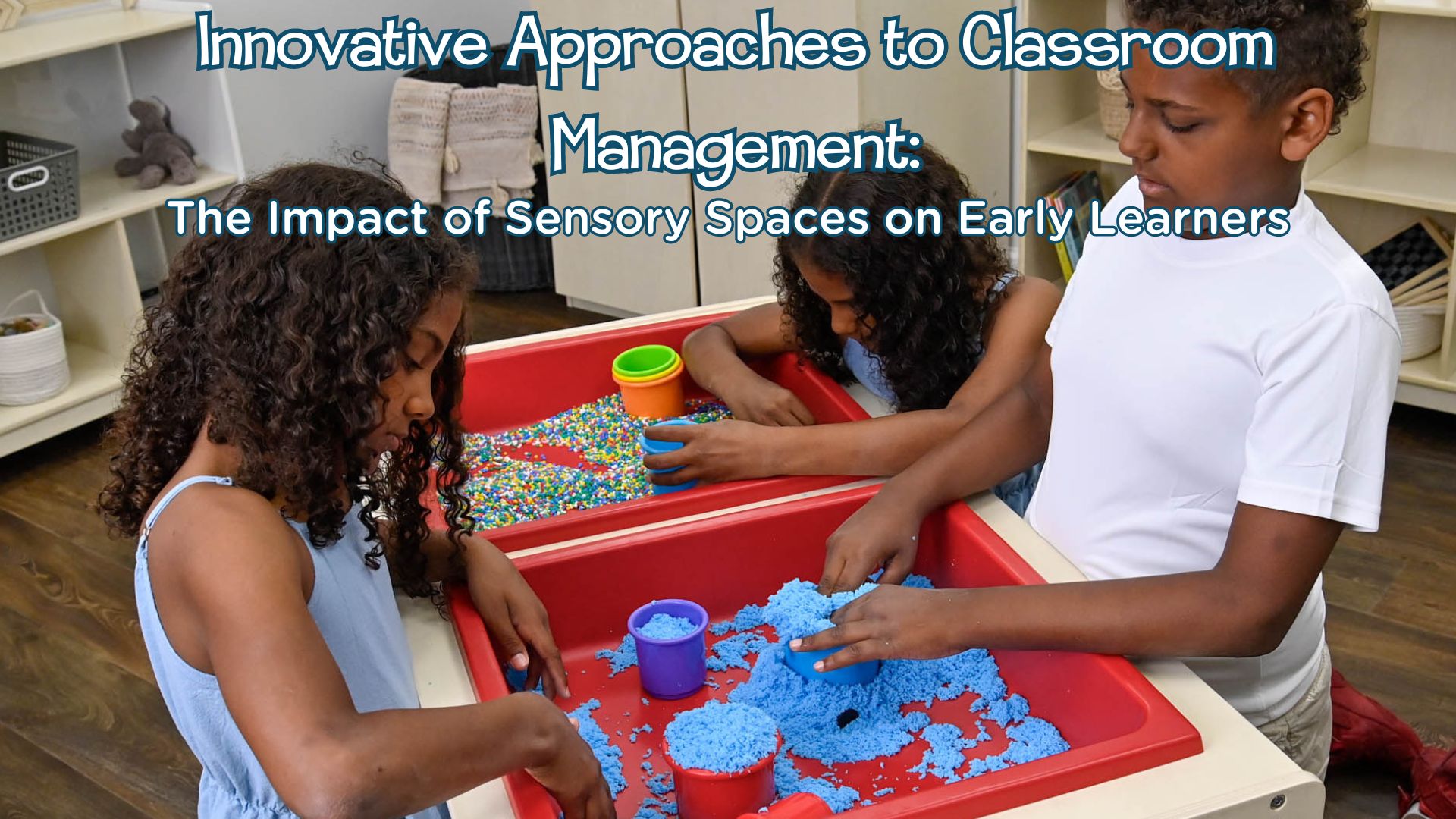
Innovative Approaches to Classroom Management: The Impact of Sensory Spaces on Early Learners
Innovative Approaches to Classroom Management: The Impact of Sensory Spaces on Early Learners
Managing behavior in early childhood classrooms can be challenging, but sensory spaces offer an innovative solution. These thoughtfully designed areas help children engage with tactile, visual, and auditory stimuli, promoting emotional regulation and focus.
Why Sensory Spaces Matter
Sensory spaces provide a controlled environment where children can explore various sensory inputs, helping them manage emotions and behavior. For young learners, especially those with sensory processing difficulties, classrooms can be overwhelming. Sensory spaces allow them to step away from the overstimulation and recalibrate in a calming environment. This not only helps children feel safe but also equips them with tools for self-regulation.
Benefits of Sensory Spaces for Behavior Management
- Self-Regulation: Sensory spaces help children learn to manage their emotions. When overwhelmed, they can engage with sensory activities that calm them down, reducing disruptive behaviors and enhancing their ability to focus.
- Reducing Anxiety: Many children experience sensory overload, leading to anxiety and emotional outbursts. Sensory spaces offer a quiet retreat where they can manage stress through soothing stimuli, reducing the frequency of meltdowns.
- Improved Focus: For children with attention challenges, like ADHD, sensory tools help channel energy in positive ways. By using movement-based or tactile sensory products, children can refocus and return to classroom activities with renewed concentration.
Designing Effective Sensory Products
Manufacturers play a vital role in supporting sensory spaces by designing products that cater to children’s sensory needs. Key considerations include:
- Multi-Sensory Engagement: Products should combine textures, colors, and sounds to provide rich sensory experiences.
- Flexibility: Sensory products should be adaptable to different classroom setups. Items like soft seating or sensory panels need to be easy to move and reconfigure based on student needs.
- Durability and Safety: Sensory tools must be soft, durable, and safe for young learners, ensuring they withstand active use while maintaining cleanliness and safety.
Children’s Factory: Supporting Sensory Learning
At Children’s Factory, we design sensory products that promote emotional regulation and exploration. Our range of flexible seating, sensory tables, and play panels offer practical solutions for teachers to create sensory spaces that encourage self-regulation and focus.
Conclusion
Sensory spaces are essential for classroom management, providing children with a safe space to manage emotions, reduce anxiety, and refocus. By partnering with manufacturers who understand the needs of early learners, educators can create sensory-rich environments that support positive behavior and effective learning. With thoughtful design and flexible products, sensory spaces will continue to shape the future of early childhood education.